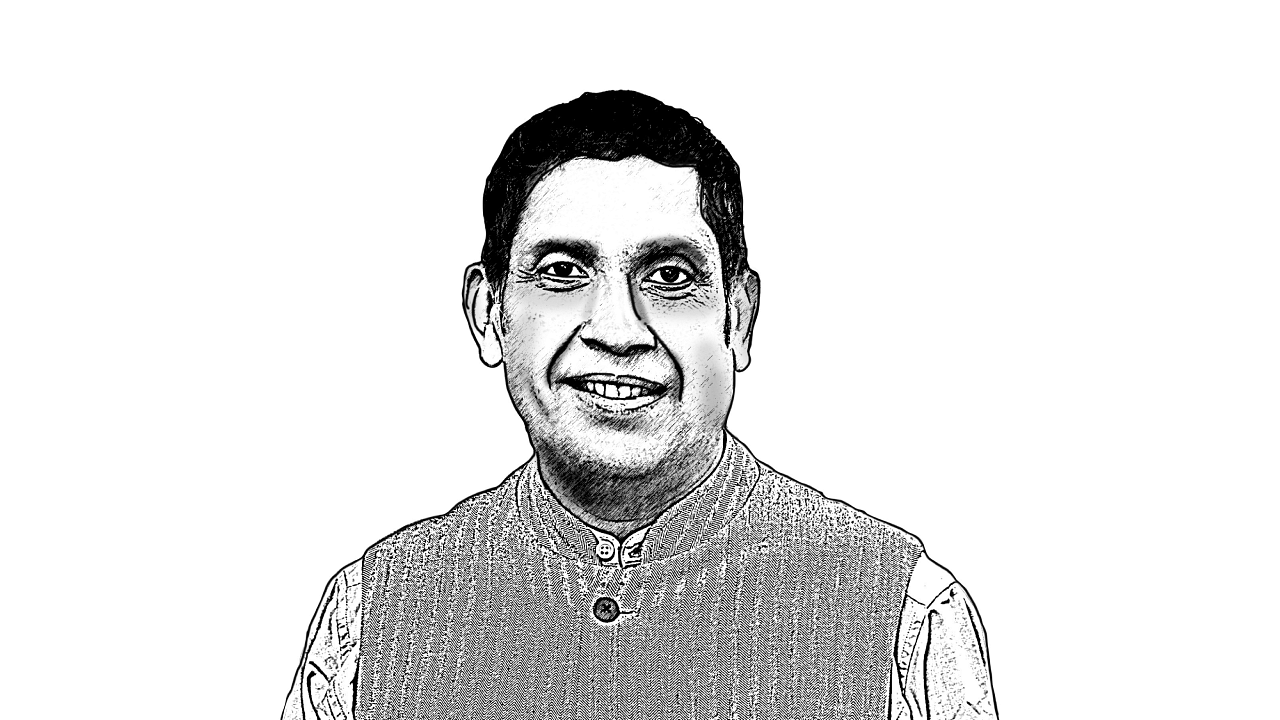
Praveen Chakravarty is a Congressman curious about correlations, causes & consequences. X@pravchak
Credit: DH Illustration
“India needs its X-ray results,” said Rahul Gandhi in a speech recently. He was asking the Narendra Modi government to release the caste census of the nation. But, on July 25, Minister of State for Home Affairs Nityanand Rai told parliament that “the Government of India has not conducted a caste census since Independence.” How is it possible that on the one hand, Rahul Gandhi wants the results of caste census while the government says no caste census had been conducted? The government, while technically correct, is being cheeky and duplicitous.
It is true that the population census conducted by the Home Ministry every 10 years has not collected detailed caste information, except for SC and ST. However, the Manmohan Singh government conducted a special ‘socio-economic-caste census’ (SECC) in 2013, which collected detailed caste information of India’s population. Before the SECC data could be analysed and released, the general election of 2014 was called. After the Modi government took over, it chose not to pursue this. So, the SECC results have still not been made public. This is what Rahul Gandhi was asking for as the ‘x-ray result’. The next logical questions then are: Why is the caste census called an ‘x-ray’ and why should it be made public?
Indian society is afflicted with the disease of extreme inequality. The root cause of this disease is caste. Rahul Gandhi said in parliament that of the 90 Secretaries to the Government of India that run this country, only three belong to the oppressed social groups of Backward (OBC) or Scheduled (SC) castes or tribes (ST). Though the exact share is not known yet, it is generally believed that the OBC, SC and ST may together constitute 60-70 per cent of India’s population, if not more. If one looks further, just one-fourth of the 11,310 senior officers of public sector banks are OBC/SC/ST. None of the heads of the top 50 companies on the National Stock Exchange or the 104 start-up unicorn founders are from these oppressed castes. The list goes on. How is it possible that when 60-70 per cent of India’s population are OBC/SC/ST, their share in successful professional positions is very low or zero?
On the flip side, 80 per cent of NREGS workers, 75 per cent of the government safai karamcharis and 100 per cent of manual scavengers come from these oppressed social groups. So, the oppressed castes are excluded from most of the top professional positions but constitute nearly all of the lowest paying or menial jobs in society. Clearly, this is neither a statistical anomaly nor happenstance. This is the gravity of the inequality disease of our society along caste lines.
Basic statistics tells us there is something wrong here. If out of a box of 100 balls with 70 red, 20 green and 10 orange, every time a ball is chosen it turns out to be an orange ball, then it’s evident that the process of choosing the ball is rigged. Similarly, if 10 per cent of people keep getting chosen for all the top professional positions in society, the remaining 90 per cent are bound to feel cheated. This is what is happening in Indian society. Except, this was so long justified in the name of ‘meritocracy’.
The argument goes that professional success depends on merit and only those that are truly meritorious rise to such positions. But it is foolhardy and illogical to suggest that all of society’s merit is concentrated only in the top 10 per cent of the population. It is not as if God conspired to bless only those born in privileged castes with the qualities needed to succeed in a meritocratic human society. While the class divide between the rich and the poor is well acknowledged, caste is the more significant factor in determining livelihood outcomes. To put it starkly, in the birth lottery of Indian society, a child born into a slightly richer Dalit family has a lower chance of success than a child born into a marginally poorer upper-caste family. Although caste is but a birth lottery, the outcomes of this lottery are heavily dependent on factors ranging from social networks to biases and stigmas which are all dictated by the role of caste in society.
If one accepts the above premise, then the next logical question is: What should be done to remedy this? There is a temptation to immediately call for greater reservations as a solution. But before that, it is first important to know how deep India’s caste cleavage is. One cannot prescribe medicine for the disease without understanding its extent and gravity. This is why a caste census is needed. Caste census will give us information not just about the share of population by caste but also details about income, education, health, and social mobility of various castes, which is the foundation for any policy medicine to be prescribed for the inequality disease. In other words, caste census is the x-ray that will tell us how serious the disease is and how widespread it is.
So, why is the Modi government refusing to make the x-ray results public? In all likelihood, the reason is fear. Fear that making this caste data public will confirm the extreme and grave nature of the disease of caste inequality in Indian society. And that when people realise this, it may lead to social unrest if there’s no immediate and elegant treatment for the disease. This is a legitimate concern. But hiding or pretending that the disease does not exist can lead to far worse outcomes. It is better to confront the disease and arrive at a treatment than to sweep it under the carpet. Let us look at the x-ray soon, before the disease spirals out of control.